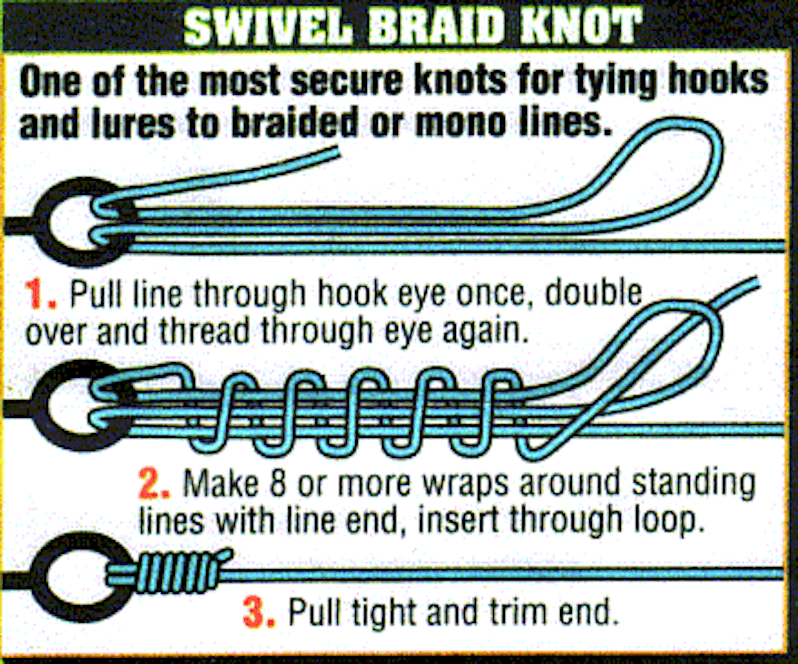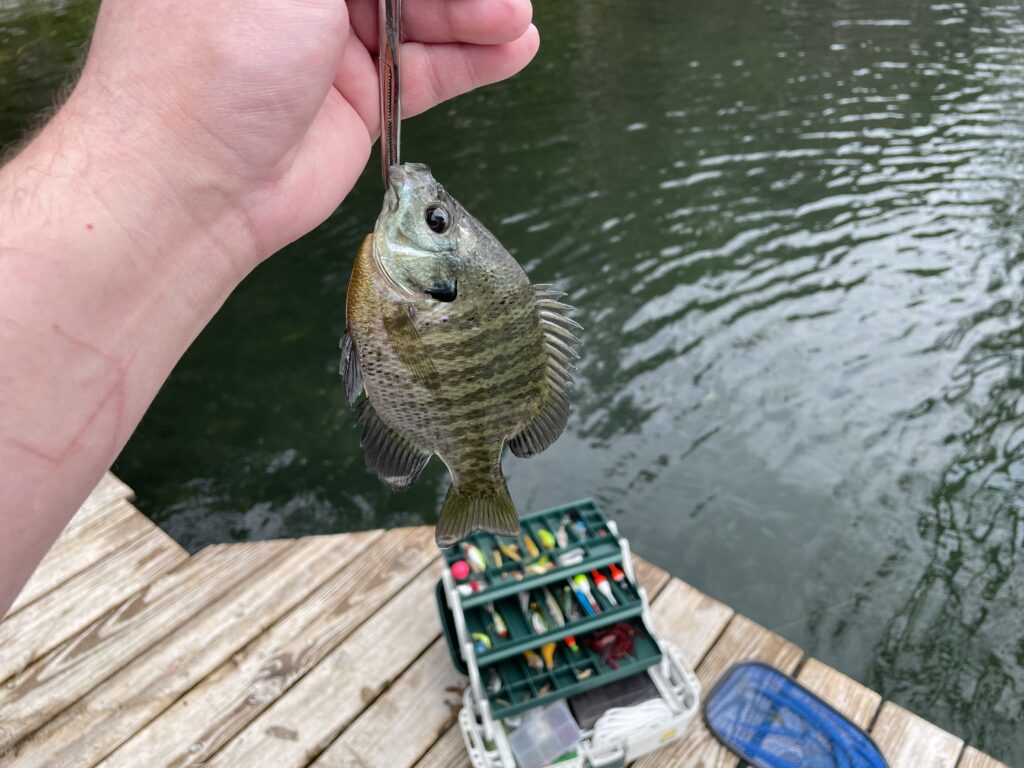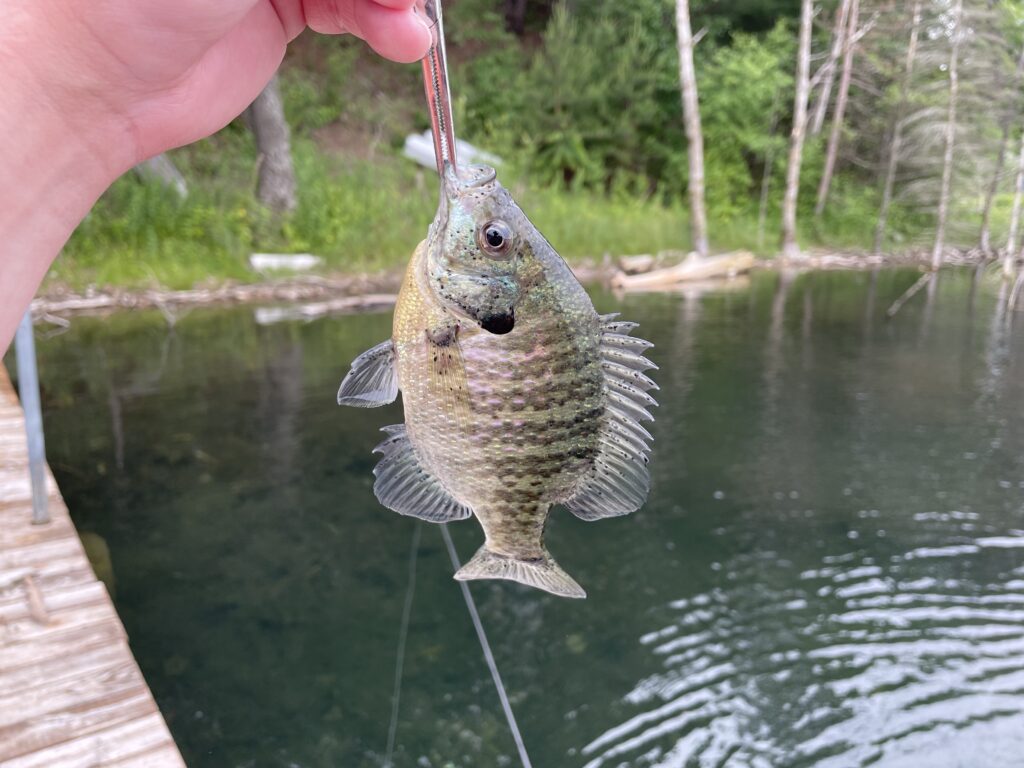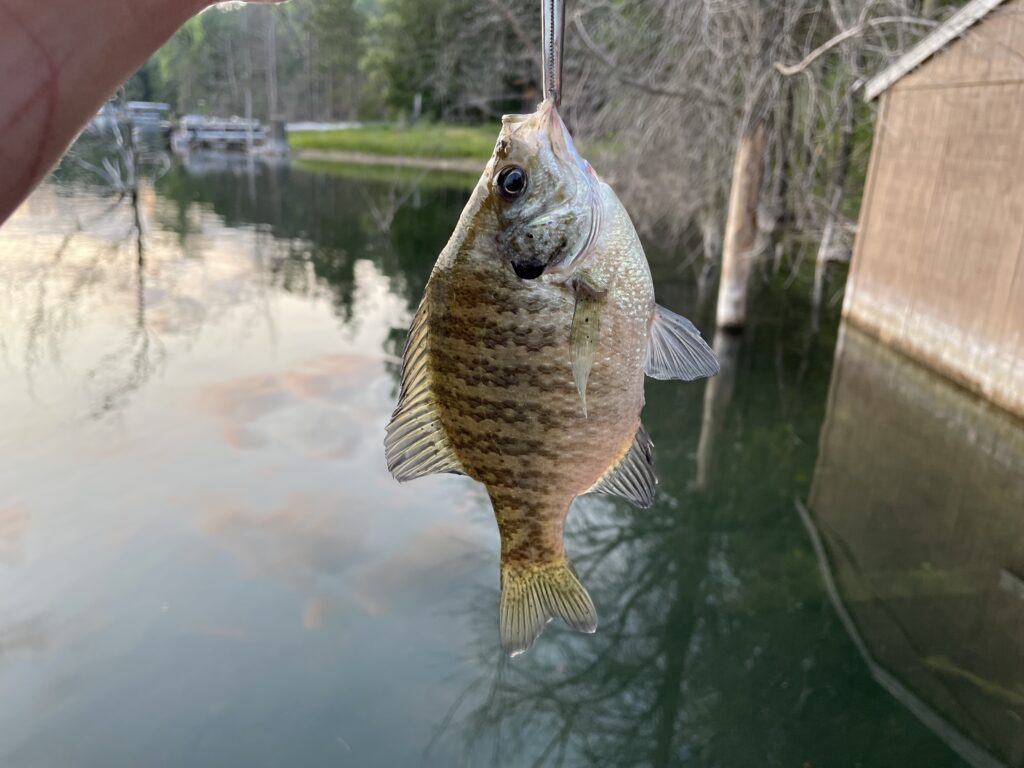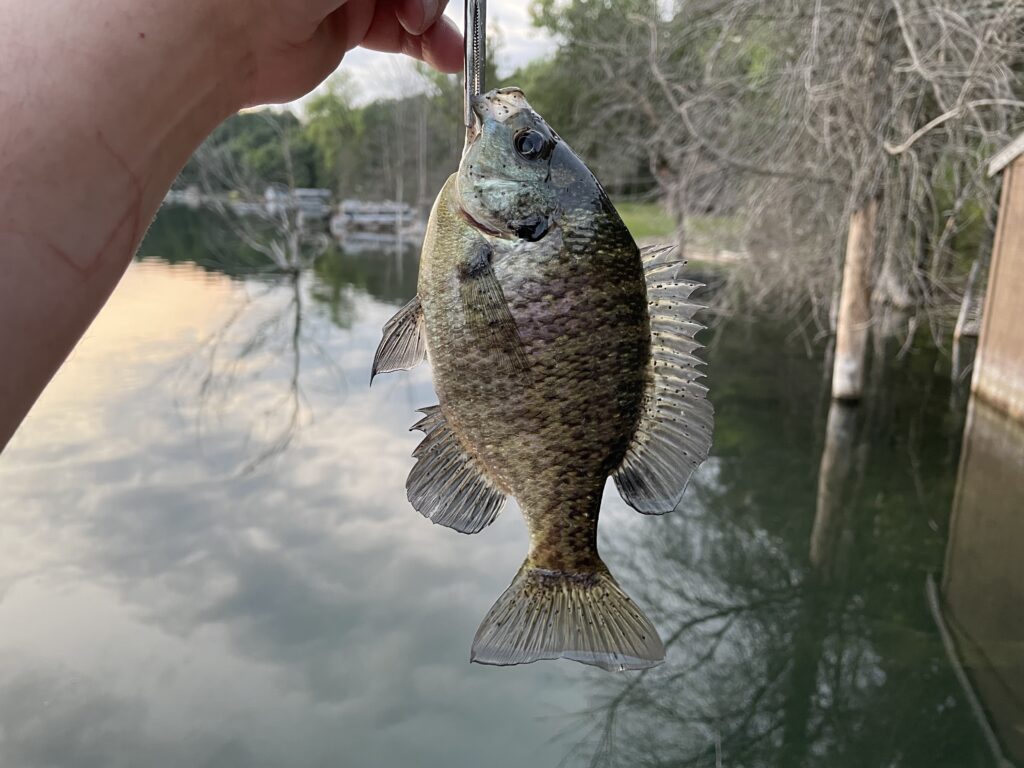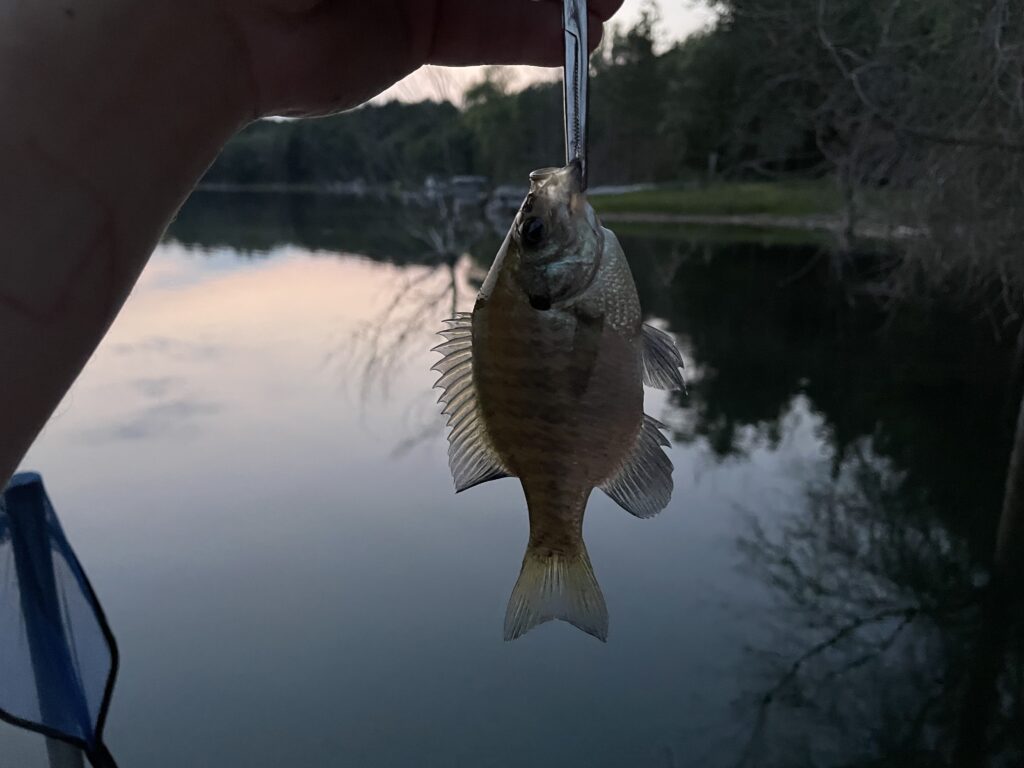450 words, 2 minutes read time.
As a freshwater angler, there aren’t really a lot of fishing knots that need to be known. The general formula is to balance tying ease, friction, and shear force distribution; so that you don’t spend forever fiddling with stiff line but still end up with something that will hold but not snap under pressure. To achieve this end, there’s a million damn knots out there in the community’s collective. And no, I don’t want to argue about them.
But I couldn’t find the one that I had been taught to use some 30 years ago. I’m guessing that some knots just fall out of favor. Modern fishing line can take more punishment than what I grew up with, so that probably allows for easier knots by sacrificing on shear force resistance. The knot I was taught to use was like a double passthrough version of the clinch knot, but in reality more like a modified noose. And it’s also entirely likely that I unintentionally modified the knot I was taught because I was too proud to ask for help more than once. (That, and I also remember needing a refresher and my dumb uncle told me to just tie a series of overhand knots. The knot failed as soon as I hooked a fish.)
In any case, I wanted to know the name of the knot I had been using, and it took me forever to find online, but it does in fact exist. I finally have a name for it: The Swivel Braid Knot. Which should not be confused with the Braid to Swivel Knot, or the Offshore Swivel Knot. I told you there were millions of these things.
So to document it before I forget what it’s called, I’m posting it here. And to give credit to the visual reference that helped me with identification, here’s the link. Although amusingly enough, the link is broken. The forum doesn’t appear to exist anymore. So again, it must indeed be an archaic knot:
I’m guessing by the name that it’s designed to resist torque, so that the swivel turns instead of twisting the line. Whatever its intent, you can see the bold claim for its use in the above image.
I rarely use it anymore unless I’m intentionally going after big fish with bigger lures, because it does indeed seem very strong compared to most knots. But mostly I use the Palomar Knot for shore fishing. It’s super easy to tie and to teach, and never had one fail on me.
But now, at least for posterity’s sake, I know the name of the classic knot that Dad may or may not have taught me sometime around 1995. Closure.
–Simon

